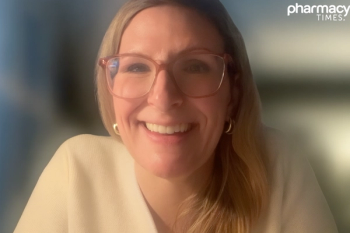
Drug Interactions Higher Among Seniors--January 2009
Researchers find that dangerous drug combinations are prevalent in older adults.
A new study raises warning flags for pharmacists and other health care professionals.
Researchers found that more than half of US adults aged 57 to 85 are taking 5 or more prescription or OTC drugs, and 1 in 25 (about 2.2 million adults) are taking them in combinations that could cause dangerous drug interactions. For the study, Stacy Tessler Lindau, MD, and Dima Qato, PharmD, MPH, both of the University of Chicago Medical Center, looked at data collected from the National Social Life, Health, and Aging Project. The survey team interviewed >3000 participants in their homes about the medications they used “on a regular schedule, like every day or every week.”
They analyzed potential interactions among the top 20 prescription and OTC drugs and the top 20 dietary supplements. The research indicated that 68% of the participants who took prescription drugs also used OTC drugs or dietary supplements; 91% of them regularly used at least 1 medication; and 29% of older adults took >5 prescription medications.
The greatest risk was men in the 75- to 85-year-old age group. “One in 10 men between the ages of 75 and 85 were at risk for a drug—drug interaction,” said Dr. Qato. Nearly half of the potential drug–drug interactions could cause bleeding problems. One of the most common was taking warfarin, a blood thinner designed to prevent clots, along with an OTC drug such as aspirin, which also interferes with clotting.
“Physicians and pharmacists need to ask their patients about the use of nonprescription medications,” said Dr. Lindau. “Patients need to inform their providers about all medications they use—prescription and nonprescription—and should ask their physician or pharmacist about interactions any time they start a new drug, on their own or following the doctor’s recommendation.”
The authors suggest that patients carry a list of the medications they take and use the same pharmacy or chain for all medications. They also stress pharmacists, physicians, and other health care professionals remember to ask patients about all the medications their patients are taking and stay on top of drug safety information and consider the evidence, where available, for safety in older adults.
The study was published in the December 24/31, 2008, issue of the Journal of the American Medical Association.
For other articles in this issue, see:
Newsletter
Stay informed on drug updates, treatment guidelines, and pharmacy practice trends—subscribe to Pharmacy Times for weekly clinical insights.


















































































































































































































